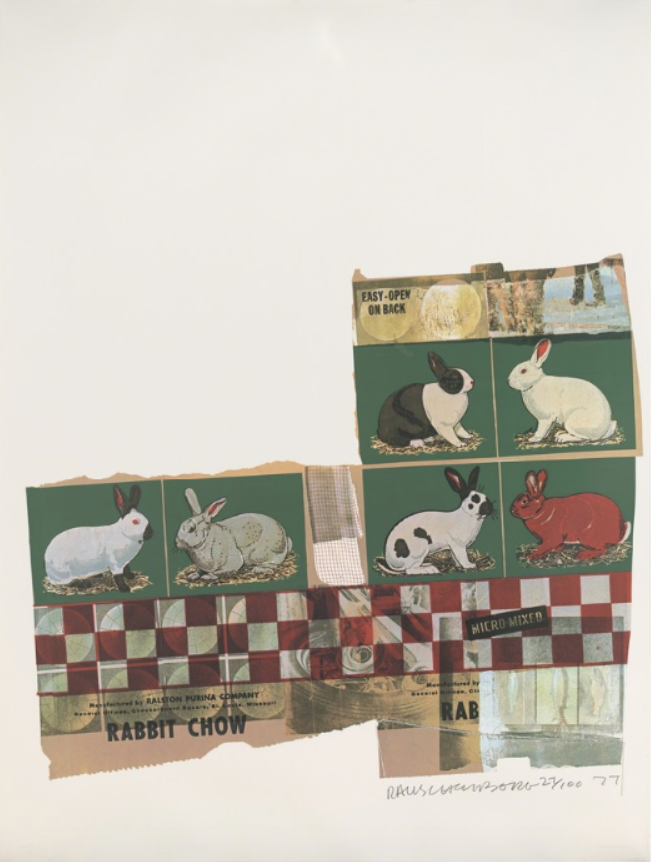Robert Rauschenberg was born in Port Arthur, Texas, on October 22, 1925, as Milton Rauschenberg. He studied pharmacology at the University of Texas, Austin. Subsequently, he was drafted into the United States Navy, where Rauschenberg served as a neuropsychiatric technician. In 1947, he enrolled at the Kansas City Art Institute and traveled to Paris to further his education at the Academie Julian the following year.
Later in his career, he returned to the United States and collaborated with both John Cage and Merce Cunningham. Rauschenberg was offered his first solo exhibition at the Betty Parsons Gallery in New York from 1941 to 1951. By the end of 1970, he established a permanent residence and studio.
In his lifetime, Rauschenberg traveled and exhibited internationally. The Whitney Museum of American Art gave him a retrospective in 1976, filling the museum. In 1991, over 125 works were displayed at the National Gallery of Art, Washington, DC. In 1988, the Solomon R. Guggenheim Museum hosted the most extensive retrospective of Rauschenberg’s work to this date.
Rauschenberg continued to work despite significant medical problems, including a broken hip. In 2002, he suffered from a stroke that paralyzed his right side of his body, which caused him to learn how to work with his left hand. He worked until he died in 2008.

